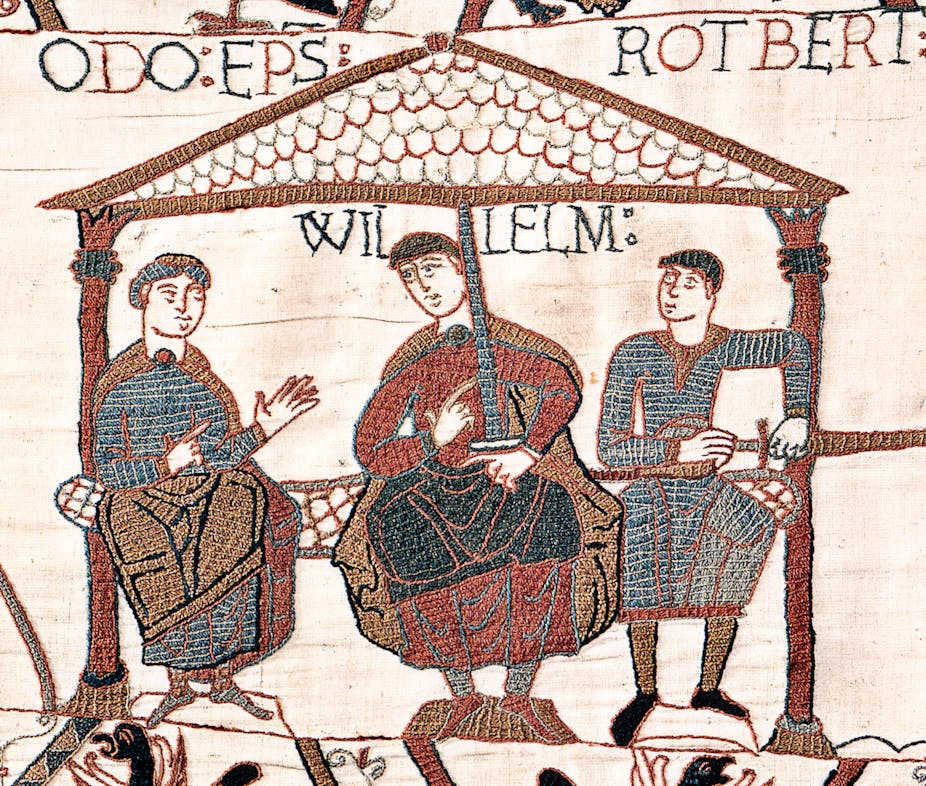This week the Office for National Statistics opened a consultation on the future of the decennial national census.
Two options are on the table: continuing the census, but with a switch to online collection; or, more radically, abandoning the ten-year census altogether and instead using existing government data supported by an annual small-sample survey to collect information about households in the UK.
There are many factors to be considered when the ONS takes views on the technical and cost issues involved in an exercise as large as the census. However, the significance of a ritual that sees a civilized society submit itself to a signal act of once-a-decade introspection means history and tradition play a part too.
England’s first census, as every school child knows, was commissioned by William I. Keen to extract tax revenue from his freshly-conquered lands, he commissioned the Domesday Book, which today provides a unique record of the taxable land, pastures, fisheries and - almost as an afterthought - people of 11th century England. In fact William’s wasn’t the first census in Britain – he was beaten by some four centuries by the Celts - but this is the example that springs to mind for most.
The first modern census, explicitly counting population, came much later, in 1801. Three years earlier, Thomas Malthus had published his famous Essay on the Principle of Population, which posited that population growth could not continue indefinitely. Overpopulation was the zeitgeist, and it finally drove politicians to inaugurate a national census. The 1801 census was administered mostly by clergymen and arrived at the first reliable population figure for Great Britain: around 11 million.
War and peace
Since then, Britons have submitted themselves to enumeration a further 21 times. Only once has a decennial census been skipped: in 1941, during Churchill’s “Darkest Hour”, when measurement was subordinated to the fight to preserve a Britain worth measuring. Instead, a system of compulsory identity cards was implemented under the National Registration Act 1939. This was repealed in 1952 following a legal challenge, and ID cards have remained controversial ever since.
The 20th Century’s other major conflict, the Great War, had fallen between censuses, so the 1921 report provides a snapshot of a nation freshly scarred by war. Its detached statistical explanations express a generation’s anguish no less acutely than the poetry of Wilfred Owen. Observing how the nearly million dead, mostly young men, had reshaped the population distribution, it notes dryly that these effects are
The result of war conditions, and though the influence of time may be to reduce their prominence … they will inevitably recur at every future enumeration, though at correspondingly later ages, until the whole of the existing population has passed away.
The 1921 census report also saw, for the first time, a section on orphanhood.
With peace came the welfare state, and a new need for detailed local information on the number and living conditions of the people. Ambitious social programs required new levels of state planning, and the fundamental inputs to planning were demographic.
The Allied victory left Britain bruised but aspirational, and so new questions asked “whether each household had exclusive use of, or shared with another household, or lacked entirely, piped water supply within the house, cooking stove or range, kitchen sink, water closet, fixed bath”. Indeed, growing material wealth over the latter half of the 20th century saw questions added on central heating and cars, and - for the first time in 2011 – a reference to second homes.
Politically neutral?
In most years, the census remained above politics, its value well understood. But there were exceptions. In 1911 the Suffragettes staged a boycott, refusing to be counted for the census when they were not counted in elections. And 1991 once again saw many avoiding the enumerators, this time in the hope that they would be spared Margaret Thatcher’s poll tax.
These acts of civil disobedience aside, the census has generally come close to its aim of counting everyone: from the homeless sleeping rough to the occupants of Buckingham Palace (Queen Victoria’s 1851 entry records her occupation, rather accurately, as “The Queen”). It is the literal expression of the ideal that every person should count equally.
With unmatched – and as the consultation document makes clear, unmatchable – comprehensiveness, the decennial census provides us with the best, most complete picture of who we are as a nation. It has done so since 1801.
In 1882, novelist Leo Tolstoy, himself an enumerator in Moscow, described a census as “a mirror into which, willy nilly, the whole community, and each one of us, gaze”. With such a rich tradition, it is somewhat surprising that a Conservative government might consider eliminating it.
It is, of course, expensive and intrusive – even coercive – and for some, those might be reasons enough to end the exercise. They certainly were for the Member for York, who in 1753 characterised early census proposals as “totally subversive of the last remains of English liberty”.
But by 1801, the needs of a modern, complex society had overwhelmed this individualist suspicion, and the two centuries since then have seen an almost unbroken chain of national counts. The census has become an established and valued institution: Tolstoy’s mirror, into which we collectively gaze. Any proposal to substantially alter it is not, then, conservative, but deeply radical.

